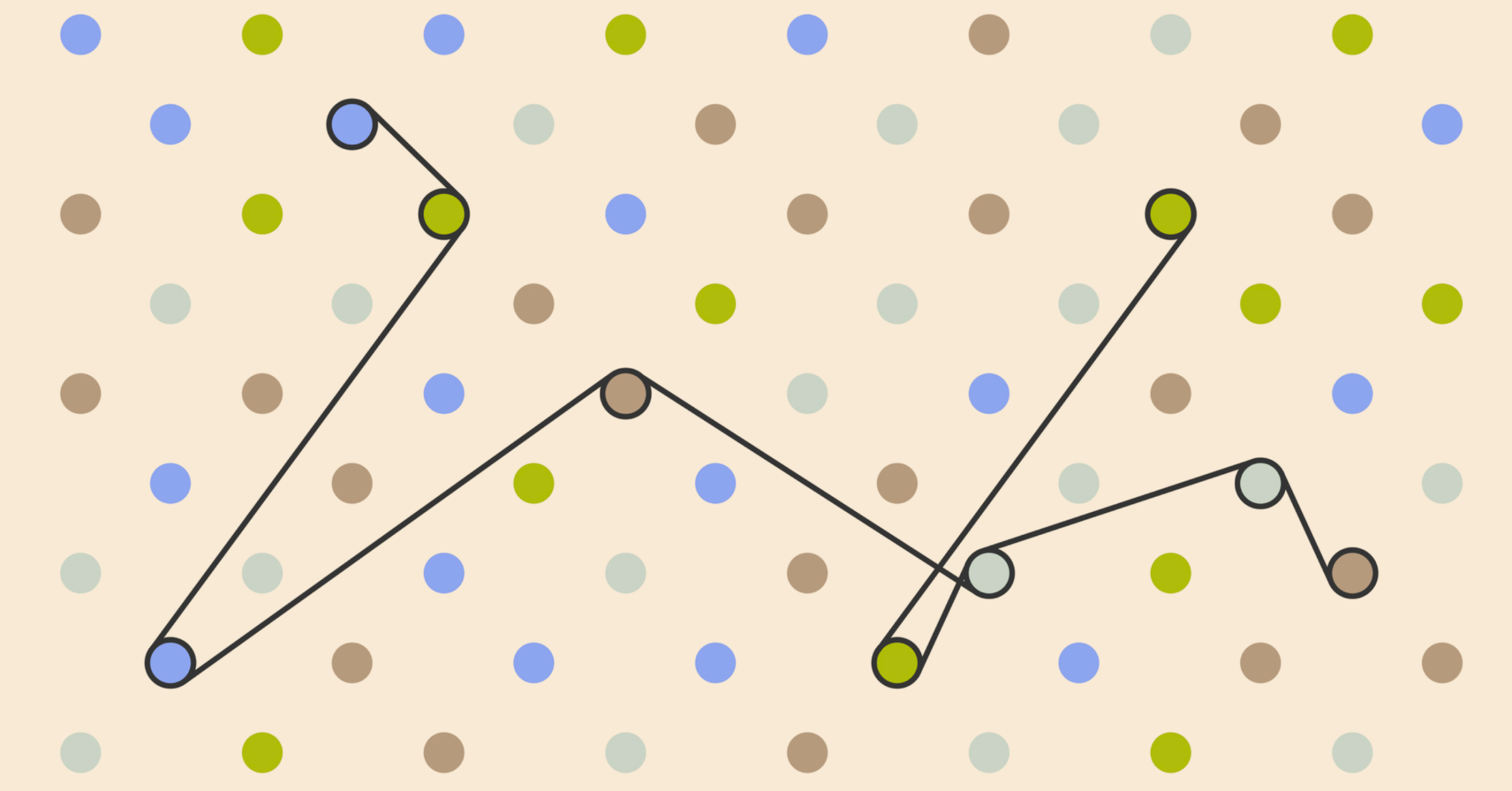There’s no doubt it’s the year of AI, specifically the types of generative AI that can create an illustration with just a few sentences, pen full essays (yes, even college admissions essays), or even write code to produce an app or a website. As the fastest growing consumer app in US history, ChatGPT has become the most recognized of these tools, but plenty of others have since launched, with more on the horizon.
While its full impact remains to be seen, generative AI is predicted to radically reshape the workforce — and women may be particularly at risk. Nearly 60 million women work in occupations highly exposed to generative AI automation, according to one analysis by the Kenan Institute of Private Enterprise. That’s eight out of ten women, compared to six out of ten men expected to be affected. In this case, “exposed” means that 25 to 50% of a typical job’s tasks could be automated by AI.
The occupations most likely to be affected are those in office and administration support, legal, architecture and engineering, and life and physical sciences. But even fields once thought safe from automation, including healthcare, education, and social services — where more than 70% of jobs are held by women — are likely to have more than 25% of their tasks replicated by generative AI.
The adoption of this new technology doesn’t have to be a zero sum game. In fact, women who best understand generative AI and develop skills that complement it will be in the strongest position for the shifting landscape ahead and to remain in the leadership pipeline.
The Human Touch
While leaders may be able to outsource many of their rote tasks to AI, their core skills will still be necessary, especially in the midst of a tech transformation. “Generative AI automates tasks, inspires content and provides analysis, but it doesn’t strategize, empathize or read the room,” says Julie Ferris-Tillman, Vice President and Practice Lead at Interdependence, an AI-driven communications firm.
She encourages her clients to embrace what she calls “technological optimism” by learning and understanding the limits of machine learning and large language models (the datasets that work to feed generative AI).
“So much of generative AI work is propelled by what queries you use to prompt a response and what data sets you choose to share with the technology,” says Ferris-Tillman. “If you haven’t mastered the art of asking a great question, or explaining information to help lead AI to analysis and answers that solve for your needs, AI won’t be a useful tool.”
Simply having “AI capabilities” is already not enough in the marketplace. Since many companies have or will have access to the technology, leaders who find a way to stand out will make a strong impact. “The real differentiator will be not the tools themselves, but optimizing them with human creativity, intuition, and high-level insights,” says Banu Kellner, Founder at SuperHuman Society. “With strengths in these areas, women have an opportunity to elevate AI technology.”
Beware of Bias
As authoritative as it sometimes sounds, generative AI is particularly prone to making up facts and even producing biased results, depending on the data set used to train the model. As more and more companies begin by using their own data to train models and generate custom outputs, they need to be aware of the potential for bias and “hallucinations” — a term for confident-sounded responses that are generated out of whole-cloth, like a legal case that never existed.
“While a large amount of data can ensure accuracy, it's not easy for small to midsize companies to have enough data to mimic real world use cases,” warns Pallavi Srivastava, Director of Marketing and Operations at ThirdAI. “This can result in biases and hallucinations by AI. To tackle this kind of problem, we will definitely need human intelligence.”
One company, MissJourney, created by the ad agency Ace in partnership with TEDxAmsterdam, decided to combat common AI biases by building a tool that only generates images of professional women. When it’s asked to create a portrait of a software developer or CEO, it will always present diverse women examples, in contrast to the White men that other AI tools typically generate.
Leading the Way
When used correctly and with more complete datasets, AI may eventually be a net benefit to women. A recent Goldman Sachs report notes that when the underlying data sets are improved, AI could help remove biases. AI-driven recruitment companies like HireVue claim to have a 16% increase in new hire diversity by ensuring more fairness and consistency in the hiring process.
The report also notes that service sector roles that require a high degree of face-to-face interaction (which includes many of the caring professions) are unlikely to be supplanted by AI, but could instead see improved productivity and greater flexibility.
“As AI takes on more operational tasks, there's potential for a seismic shift in how we view work hours,” says Kellner. “Reduced hours, remote working, and flexibility could become the norm rather than the exception. This change can pull more women back into the workforce, with an environment conducive to both professional growth and family priorities.”
If AI can automate more mundane tasks — both at home and work — women stand to gain more time that can be put toward strategic and creative pursuits. Many professionals are already using ChatGPT to write their weekly meal plans, creating training videos from text with HourOne, using Nabla CoPilot to write clinical notes, or preparing answers to land their dream job at Interviews by AI. By growing alongside the advent of AI, women can help shape the direction of their lives and careers.



